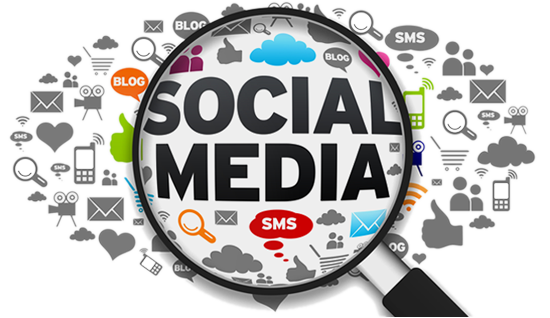
Photo credit: Yoel Ben-Avraham
Measuring PR activities in both news and social media is imperative to prove PR’s value and to identify successful strategies – but comprehensive media monitoring and measurement can do quite a lot more than that for PR and corporate reputation management.
If you’re not convinced about the importance of social media, consider these statistics:
• Facebook users make 85% of social media purchases.
• Social media influences 93% of shoppers’ buying decisions because 90% trust peer recommendations.
• Over 70% of US online adults use some form of social media networking.
• 30% of Americans get their news from Facebook, and 10% get it from YouTube. Half of all social network users have shared a news story or video.
• 33% of Americans follow news stories throughout the day, frequently via their social networks.
• 81% of consumers go online before heading out to a store.
• Social media ad spending will top $8.5 billion in 2015 and reach nearly $14 billion in 2018, up from just $6.1 billion in 2013.
Measuring What PR Doesn’t Create
Public relations professionals are sometimes reluctant to measure mentions they didn’t place or weren’t involved in creating. That’s a major mistake, warns Katie Delahaye Paine, CEO of Paine Publishing, and a recognized expert in PR measurement. Social media is every bit as much “earned media” as traditional news; social media affects brand reputation and purchases as much as mainstream news. To gain insights into consumer perception of the company and its brands – and to head off potential PR crises — PR must carefully monitor and measure social media.
By monitoring both news and social media, PR gains a 360-degree view of PR impact, its effect on corporate reputation and purchase intent, and what parts of the PR and marketing program are having the most impact.
Still, using social media measurement merely to justify PR’s value squanders its power and potential. Comprehensive news and social media monitoring and measurement can identify issues and pinpoint product and customer service problems. It can also help tease out competitor’s marketing strategies and problems.
If you’re not monitoring social media, you cannot manage your online reputation or track key influencers, such as mainstream journalists and leading bloggers in your niche.
Paine recommends tracking those influencers, monitoring what they are saying in traditional news outlets and social media, including video-based networks. You can also monitor less influential social media users. Paine says it’s not necessary to do an in-depth analysis because chances are the lesser lights will only be repeating what the top influencers say. Nevertheless, having all the social media mentions enables thorough analysis – and better data on total reach.
Failing to include social media in PR measurement will guarantee disaster, Paine predicts.
A media monitoring and measurement system that brings news and social media data together in one place makes monitoring and measurement less time-consuming and enables better data to assess and enhance the PR program.
Steps to PR and Social Media Measurement
Nikki Little, an account director at Identity’s social media team, recommends these steps for PR and social media measurement in her Slideshare presentation.
• First set your goals on what you wish to accomplish — for instance using social media to build brand awareness.
• Set objectives that are measureable, time driven and tied to your goal. For example, the PR team should achieve at least two of five benchmarks each reporting period.
• Set key performance metrics tied to objectives, such as click-through rates, engagement rates, sales leads or conversions. Basing measurement on objectives is the key to successful measurement.
Metrics like page views, number of media stories and blog posts generated, referral traffic and number of social media followers may be initially adequate. Better metrics include engagement, and actions connected to outputs such as website spikes linked to a media story or social media campaigns. Business metrics are even better. They include leads, sales, conversions, and customer retentions.
Bottom Line: Tracking social media including blogs, message boards and forums, Facebook, Twitter, and YouTube is as important as monitoring mentions of your company and its brands in traditional news outlets. Social media monitoring enables PR personnel to determine how their messages are resonating with audiences, quickly identify emerging crises, and manage their organization’s online reputation. Failing to include social media in your PR measurement program under-reports PR accomplishments, misses opportunities to capitalize on social media mentions, and ultimately invites disaster.
What are your thoughts on the most important value to be gained from monitoring social media? Please comment below.
William J. Comcowich founded and served as CEO of CyberAlert LLC, the predecessor of Glean.info. He is currently serving as Interim CEO and member of the Board of Directors. Glean.info provides customized media monitoring, media measurement and analytics solutions across all types of traditional and social media.





It was a good time to read your very great article…I learned most of the new things by reading your article.